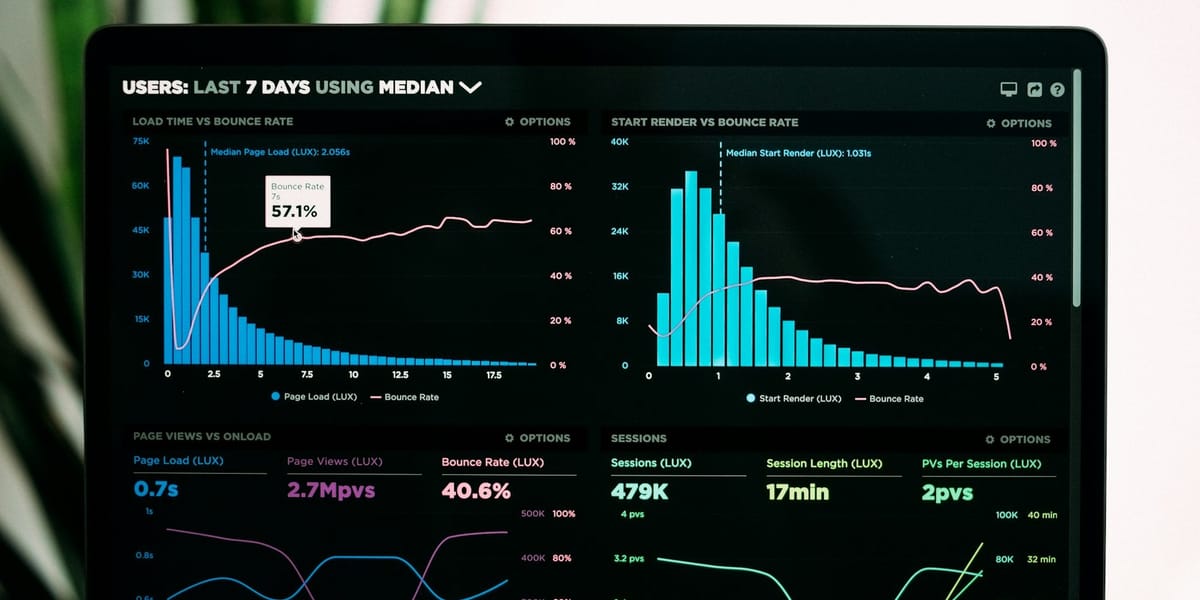Risk and Reward: Navigating the Challenges of LPG Plant Ownership

Owning and operating an LPG plant is a high-stakes business that offers both opportunities and challenges. While LPG plants can be highly profitable, owners must navigate safety risks, regulatory complexities, and market fluctuations to ensure success.
This blog highlights the major risks and rewards of LPG Plant ownership and provides strategies for mitigating potential threats while maximizing profitability.
Key Challenges in LPG Plant Ownership
1. Safety Hazards and Risk Management
LPG is a highly flammable substance, making safety a top priority. Key safety challenges include:
- Gas Leaks and Explosions – Poor maintenance and operational errors can lead to catastrophic incidents.
- Worker Safety Compliance – Employees must adhere to strict safety protocols to minimize accidents.
- Environmental Hazards – Leaks and spills can harm ecosystems and lead to legal liabilities.
2. Regulatory and Compliance Burdens
LPG Plant owners must comply with:
- Local and International Safety Standards – Failure to meet regulations can result in heavy fines and shutdowns.
- Environmental Protection Laws – Managing emissions and hazardous waste disposal is crucial.
- Labor and Employment Regulations – Ensuring fair wages and safe working conditions are mandatory.
3. Market Volatility and Business Risks
Economic and market challenges include:
- Fluctuating LPG Prices – Global market shifts can impact profitability.
- Supply Chain Disruptions – Dependence on suppliers and logistics networks can create operational challenges.
- Technological Advancements – Adopting new technology requires investment but is necessary to stay competitive.
Rewards of LPG Plant Ownership
1. High Revenue Potential
The global demand for LPG is rising, creating lucrative opportunities for plant owners.
- Expanding Industrial and Household Use – LPG is widely used in residential, commercial, and industrial sectors.
- Government Incentives – Some regions offer tax benefits for clean energy businesses.
- Long-Term Contracts – Securing bulk supply contracts ensures steady income streams.
2. Competitive Advantage through Innovation
By investing in:
- Automated Safety Systems – Reducing risks through AI-driven monitoring.
- Renewable Energy Integration – Diversifying into bio-LPG and sustainable energy solutions.
- Digital Transformation – Using IoT (Internet of Things) for real-time plant monitoring.
LPG Plant owners can enhance efficiency and profitability while staying ahead of industry trends.

Conclusion
LPG Plant ownership presents both risks and rewards. While safety hazards, regulatory compliance, and market fluctuations pose significant challenges, proactive risk management, adherence to industry standards, and technological advancements can help plant owners navigate these complexities. By investing in innovation, optimizing operations, and maintaining a strong safety culture, businesses can turn risks into opportunities for sustainable growth and profitability.
For LPG Plant owners looking to enhance efficiency and safety, staying informed about industry trends and continuously improving operational strategies is key.
Turn challenges into opportunities! Stay ahead in the LPG industry with smart risk management strategies!
#LPG #LPG360 #LPGPlantOwnership #EnergySector #GasIndustry #RiskManagement #BusinessGrowth #WorkplaceSafety #LPGInvestment #MarketTrends #SupplyChainOptimization #SafetyCompliance #IndustrialBusiness #GasOperations #TechDrivenBusiness #EnergyInnovation #Profitability #LPGTrends #IndustrialSafety #LPGTechnology #Entrepreneurship #SustainableEnergy







